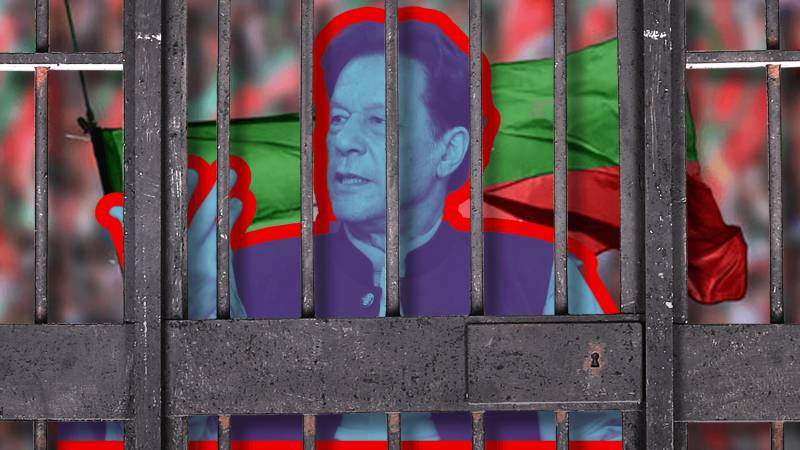Tariq Mahmood Awan
Harassment in the workplace is a deeply rooted issue, particularly in hierarchical bureaucracies like Pakistan’s civil service. It reflects an imbalance of power that is often misused to exploit, control, or silence. Over the past decade, serving within Pakistan’s public administration, I have observed how harassment manifests in complex and troubling forms. While women are frequently the primary victims of this behaviour, the full picture is far more subtle and demands a broader understanding, particularly when designing legal and administrative remedies.
Harassment, by definition, includes any unwelcome behaviour, verbal, physical, or psychological, that undermines a person’s dignity or creates a hostile work environment. The most common form is sexual harassment, but in public offices, it often goes beyond inappropriate advances. It can take the form of mental coercion, professional manipulation, threats of transfers or poor evaluations, and sometimes, the abuse of administrative procedures. A powerful official can deny a promotion or threaten disciplinary action to intimidate a junior employee into submission. At the heart of this problem is not always gender, but the power, who has it, who doesn’t, and how it is used.
This is why stronger but balanced legislation is essential. The workplace should be a space of professionalism, fairness, and mutual respect. Yet, across various departments—health, education, revenue, and others—there have been repeated cases of senior officials harassing junior female employees, both administratively and sexually. These incidents are not rare or exceptional; they are reflective of a larger culture where accountability is minimal, and silence is often the safest path for victims. I have observed over the years, especially in Education and Health departments, that females are often harassed for transfers, postings and promotions. In some cases, elderly and highly ranked officers misuse their position to harass young female colleagues. These abuses rarely see formal consequences, because institutions are often more invested in protecting reputations than seeking justice.
Despite laws such as the Protection Against Harassment of Women at the Workplace Act (2010), implementation remains weak. Internal inquiry committees are often staffed by biased members or those loyal to the accused. Victims hesitate to come forward, fearing backlash or being labelled as troublemakers. When they do, their complaints are often buried under procedural delays or informal settlements. Thus, the existing system offers neither confidence nor justice to the victim. This legislative and administrative failure not only emboldens harassers but also weakens the broader fight for workplace dignity.
Please subscribe to the YouTube channel of republicpolicy.com
Yet, a more difficult and controversial truth must also be acknowledged. There have been instances, although fewer in number, where the harassment law has been misused. In rare cases, female employees have invoked the law not for justice, but for administrative advantage. This complicates an already sensitive issue, because such misuse delegitimizes genuine claims and casts suspicion on real victims. A system meant to protect the weak should never become a tool to attack the innocent.
One such case that highlights this complexity involves senior PAS officer Mr. Muazzam Iqbal Sipra. Known for his professional integrity and tough stance against corruption, Mr. Sipra, during his tenure as Director General of the Punjab Land Records Authority, initiated disciplinary proceedings against several officials, including one female employee. After being removed from service due to alleged misconduct, she filed a harassment case against him. Given the sequence of events, questions naturally arise: Was this a genuine case of harassment? Or was the law being used as a weapon of revenge? While the matter awaits adjudication, such situations demand an impartial and transparent process—one that neither blindly supports the complainant nor protects the accused without scrutiny.
If Mr. Sipra wins his appeal and the allegations are dismissed, a further question emerges: what consequences, if any, will there be for the complainant? Current legislation offers no real deterrent against false accusations. This legal gap needs addressing. Accountability must be two-sided. Just as a harasser deserves strict punishment, so too should someone who misuses the law for personal or political gain. Otherwise, the credibility of the entire legal framework comes under threat.
Harassment is not always about sexual intent. Often, it is about asserting power, feeding personal frustrations, or exacting control over others. As highlighted by a recent Supreme Court judgement by Justice Mansoor Ali Shah, harassment now includes broader administrative misconduct—using position, authority, or influence to intimidate or exploit subordinates. This wider interpretation is essential in bureaucracies where abuse often wears a professional mask. A senior officer may never utter an inappropriate word, yet may threaten unjust transfers, delay promotions, or fabricate disciplinary cases to assert dominance. Such behaviour is no less harmful than overt harassment.
Moreover, it is important to recognise that harassment is not always gendered in a singular direction. While women are often victims, there have been instances where men have faced blackmail, character assassination, and malicious complaints. The case of Prophet Yusuf (Joseph) and Zulekha, recorded in religious texts, offers a historical reflection: even the righteous can be falsely accused when power and desire intersect. This does not negate the existence of real victims or the need for protective laws, but it reminds us of the importance of fairness, nuance, and integrity in such matters.
Pakistan’s public administration suffers from multiple challenges—lack of transparency, political interference, and weak institutional checks. In this environment, harassment thrives unchecked. To address this, reforms must be introduced at three levels: legislative, administrative, and cultural. Legislatively, harassment laws must be revised to ensure gender neutrality, procedural safeguards for the accused, and punishments for false complaints. Administratively, departments must appoint independent, trained officers to handle complaints without bias or pressure. Culturally, a shift in attitudes is needed—one that replaces silence with dialogue, fear with fairness, and misuse with accountability.
The issue of harassment must be addressed not through slogans or symbolic punishments but through institutional reform. It is time we stop treating harassment as a woman’s issue alone. It is a human issue, rooted in power dynamics, societal inequality, and administrative decay. Whether male or female, anyone can be a victim or an abuser. Lastly, I can safely say that Mr. Moazzam Iqbal Sipra is a man of integrity, both financially and morally, and the system must allow him to prove his innocence.
















